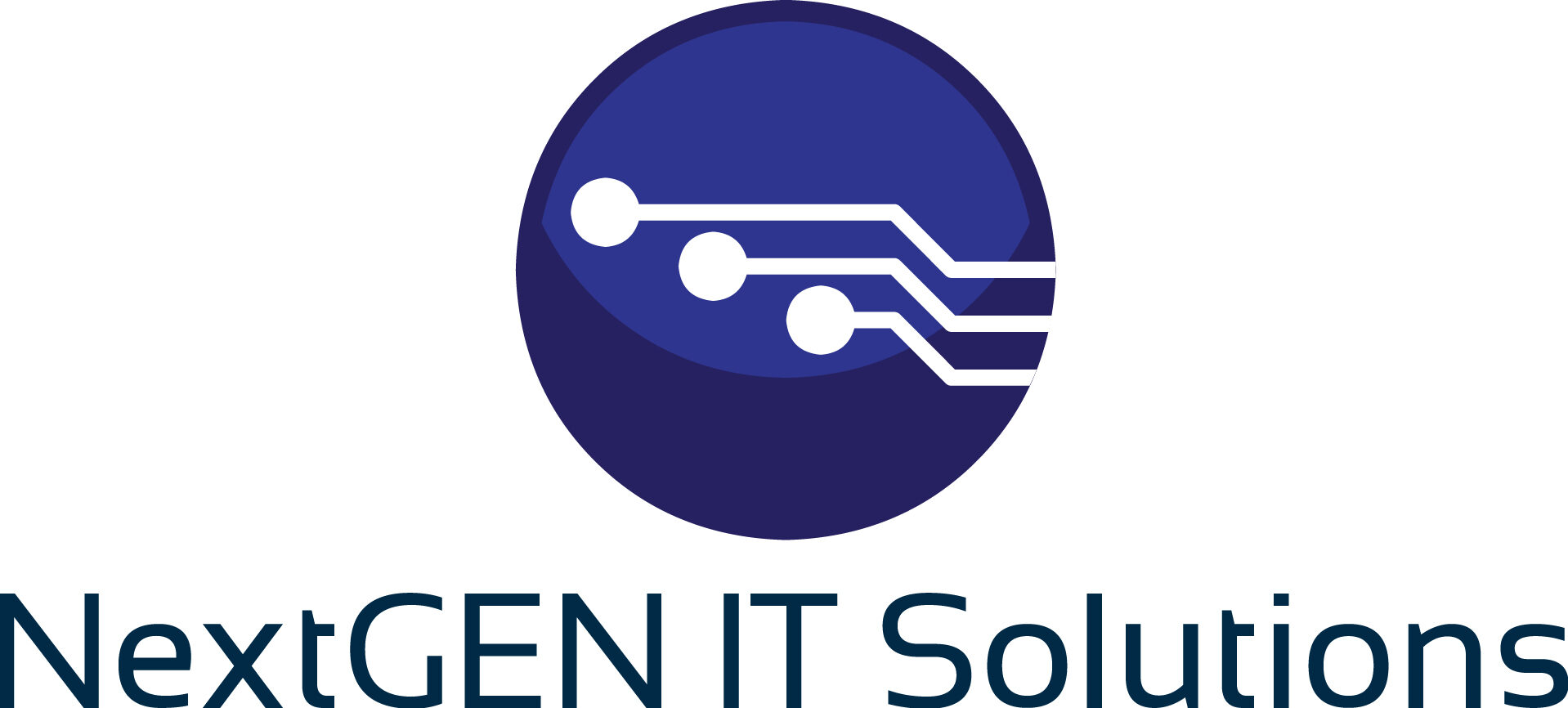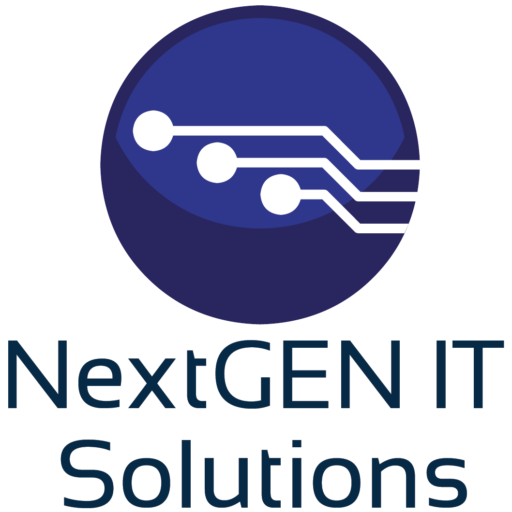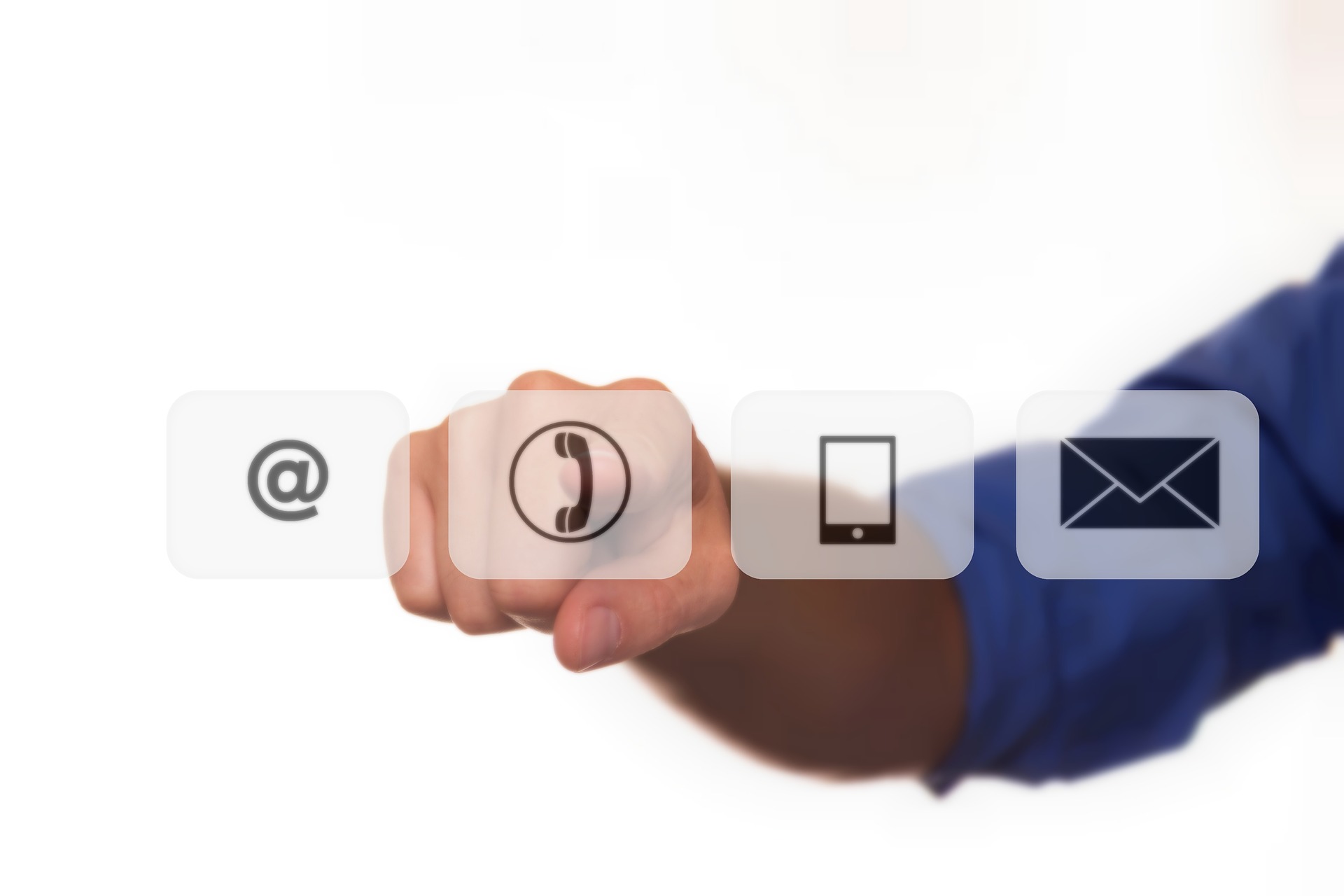
Understanding Remote Monitoring and Management (RMM)
A Comprehensive Guide to Enhancing IT Operations
Remote Monitoring and Management (RMM) platforms have become ubiquitous in IT management. Nearly every office location – large or small – is monitored and managed remotely by some form of an RMM solution. Built to allow admins to remotely monitor networks, endpoints, and computers, RMM platforms prove to be a worthwhile investment for the majority of businesses. Designed to handle hundreds or even thousands of devices, this guide will dive into the evolution, pros and cons, core components, integration, and future trends in RMM solutions. By the end of this informative article, you’ll have a deep understanding of what an RMM platform is and should be.
The Evolution of RMM Technology
RMM technology has come a long way since I first encountered it at DEC. The early days of networking involved basic tools originally designed for centralised remote control and device monitoring. The available tools had fairly limited functionality and focused primarily on network activity and performance monitoring. Since those early days VPNs, cloud technologies and other developments have also propelled RMM systems to new heights.
The comprehensive feature set of today’s RMM solutions goes far beyond just monitoring and includes items such as automated maintenance tasks, patch management, more sophisticated alerting, and remote troubleshooting capabilities. The underlying reason behind this evolution is quite simple. Not only are IT environments becoming increasingly more complex, businesses are also forced to minimise downtime, increase productivity, and cut operational expenses.
This process provides real-time monitoring and management to diagnose and remediate issues and problems while they’re still occurring. The remaining tools that a modern RMM platform provides can keep systems up and secure by providing automated maintenance. These include automations such as software updates, disk cleanup and security checks, which help take an IT manager’s workload and turn it into a push-button experience. This increases efficiency by reducing the amount of hands-on time necessary to keep an IT environment up and running, reducing technical debt and human error as well.
Key Benefits of Implementing RMM Solutions
- Operational Efficiency: Thanks to RMM solutions, IT teams can free up time spent on tedious operational work for more important strategic projects. As a result, efficiency soars.
- Lower chance of Downtime: Downtime is actually difficult to measure but between lost productivity and lost revenue can be very expensive but with RMM solutions with real-time monitoring and alerting, IT professionals will be able to catch issues with real-time monitoring and alerting to head them off before they become big problems. Typically, companies which use RMM solutions can reduce their down-time by 50 per cent.
- Resource Optimization: RMM systems allow for a holistic view of an agency’s IT infrastructure, which can aid in the allocation and utilization of reduced resource redundancies. By knowing an agency’s hardware and software resources, IT teams can plan and obtain objective requirements, prevention of unnecessary resources purchases and increase of the return on investment. Reviewing system performance and usage patterns also allow business to determine usage of resources, and whether these resources can optimize productivity.
- Strengthened Security: Organizational security is a major issue for all businesses and RMM technology assists in protecting your IT assets. RMM solutions offer automated 24/7 monitoring and continuous security updates. The constant security alerts allow for quick responses to potential security breaches RMM platforms have cyber, such as automated patch management and vulnerability scanning.
- Scalability: Businesses grow, and their IT requirements get more sophisticated over time. RMM solutions are designed to scale up with that growing need for IT management services – without setback or slowdown. In doing so, businesses have the freedom to keep operating and providing trusted security, regardless of size or complexity of the infrastructure.
Core Components of an Effective RMM System
A good RMM system incorporates the following factors to provide a fully comprehensive IT management service:
- Antivirus software: This is the frontline of defense against malware attacks. It is designed to provide protection for systems, networks and data from viruses and other malicious programs. Modern antivirus software uses multiple scanning tools including heuristics, emulations and signature-based detection. These scans are fed into a database containing malware analytical signatures and handlers.
- Security: IT professionals prefer a unified solution to protect devices and data. Businesses are providing employees with remote access to corporate networks and applications, regardless of the device being used, whether it’s mobile or fixed. So, security remains a major concern to both the IT and finance departments.
- Patch deployment: Security patches for systems, applications and operating systems are vital for the RMM process as a means of better protecting the computers and users in a network.
- Asset management and deployment: Asset management and deployment provides an overview of hardware, software and licensing throughout the entire network.
- Monitoring Tools: the cornerstone of any RMM system are the monitoring tools. These monitor the status, functioning and security of IT assets or devices, gathering data in real time and alerting the IT professional of potential problems before they become a full-blown issue. Monitoring abilities are a prerequisite to delivering a top level of service and minimizing the impact of downtime.
- Alert Systems: Whenever some monitoring tool detects a malfunction, an alert system fires to notify the IT people by highlighting the issue immediately. Such alerts could also be varying in their gradients and customized for the cause, content, and requirement of the issue of a specific enterprise. It allows for timely proactive handling of issues through alerts.
- Remote Access: This is one of the most utility benefits of RMM software. They are meant to be used remotely across the devices and in today’s world of remote work and distributed office setups, it becomes really important to access all the devices that are located in more than one place, so that the IT staff stationed at each location can immediately respond and time out the required actions.
- Routine Administrative and Operational Tasks:, such as software updates and system backups, become automated with RMM systems. Since automation reduces the amount of work that the IT team has to perform by hand and minimizes the risk of making an error, it is an important feature. Second, RMM systems often include scripting capabilities that enable the IT professional to write so-called macros or ‘scripts’ that streamline and simplify repeatable workflows.
- Patch Management: IT environments have many moving parts, but keeping up with the latest security patches and software upgrades is a key part of the job. RMM systems include automated patch management – a must for today’s busy IT worker. Make sure your systems are monitored and updated around the clock.
- Reporting And Analytics: Convenient reporting and analytics give insights into how the system is operating, and how efficiently IT resources are doing their job. IT management can use this to track trends, forecast problems, and shape IT direction and resource allocation.
Case Studies: Real-World Success with RMM Solutions
Examples abound of how a well-implemented RMM solution has helped a wide range of businesses overcome various challenges and gain significant benefits. Below are brief illustrations of a few of those scenarios.
Manufacturing: One large-scale automotive manufacturer was experiencing downtime from unplanned and unexpected machinery failures. It implemented an RMM tool providing predictive maintenance with machinery-health based on real-time data, thus enabling ‘proactive’ maintenance to be scheduled and done before failures. This resulted in a reduction of downtime, extension of machinery lifetime, and an annual maintenance cost saving of 20 percent.
Healthcare: Several clinics that formed a chain confronted various difficulties in managing their IT infrastructure across several locations. The usage of RMM let it manage the IT activity centrally and also track the entire system swiftly through a single dashboard. This allowed the company to slash down the system outage by 30 percent. Moreover, the RMM platform empowered on-site IT personnel to solve issues remotely, reducing the amount of on-site involvement, thereby slashing down the operational costs of the company to 40 percent.
Finance: To comply with regional regulations, a multinational bank required periodic checks of their entire global IT infrastructure. By using an RMM solution to conduct these checks in an automated fashion and deliver management reporting, the bank could closely monitor compliance and prevent any penalties that might result from failing to meet these regs. This proactive compliance management helped to maintain the bank’s reputation for strong uptime and IT security.
As these case studies show, RMM solutions are flexible enough to provide important benefits in a wide range of settings, be they in education, healthcare, manufacturing, government, or business. They can help slash downtime, improve security, or manage resources more efficiently.
Choosing the Right RMM Solution for Your Business
Choosing the right RMM in the first place maximizes your chances of using the technology in the right way. When making their decision about which RMM suits their needs, businesses need to consider a number of factors.
Organizational Size vs IT Needs: You need to look at which solution will fit your business size and your specific IT needs to a tee. If you’re an SME business, you might just be looking for some basic features that identify issues while ensuring it doesn’t complicate any processes. However, if you’re a larger organization that has a lot of devices, you will likely need an RMM with more versatile features so you’re not dampening any networks.
Budget: The fact is that budget frequently makes decision-making for us. Sure, cost is a consideration when people choose an RMM solution, and the lowest-priced solution might not be able to do everything you’d like it to do. But isn’t the cost-versus-benefit analysis of trying to weigh the costs of the lowest solution available versus what you’d ideally like to have just as important? Your decision-making might push you towards the cheapest solution available, but don’t forget to factor functionality into the equation. Don’t wind up with a solution that is permanently held back by lack of features; you’ll wind up paying more in the long run as well, regretting not picking something with a stronger feature set in the first place.
Vendor Reputation and Support: Does the RMM provider have a solid reputation and is it trusted within the internal IT community? This is the most important selection criterion, as some monitoring companies are deceptive, others lack accurate core features, and many lack proper customer support and disaster-recovery procedures, which a fully remote MSP solution may require. In addition to asking for case studies and customer reviews, be sure to ask prospective vendors how many customers they currently have, and if possible, try to get a list of previous adopters. If they’re unwilling to share, it should raise a red flag. Finally, ensure that each of your prospective vendors is willing to share their service level agreements (SLAs) with you. If they refuse outright, this also indicates cause for concern.
Integration With Existing Infrastructure: given that an RMM is introduced to facilitate efficiency, a solution that integrates with existing IT infrastructure plays a major role in the eventual outcome of your initiative. Look towards compliance with current software and hardware, and compatibility with other IT management tools.
Best Practices for RMM Deployment
Installation of an RMM solution requires three main steps that must be carefully followed in order to achieve an efficient and seamless transition to the remote-monitoring approach:
Detailed Planning: Detail the implementation plan with timelines, action plans and owner responsibilities, involving all key stakeholders early in the process, to align on the actions, the roles, the accountability and to ensure collective buy-in.
Data Migration: Migrating data from legacy system to new: To convert data from legacy system to new: (This line creates a basic flow-chart diagram) Make sure the data is migrated smoothly so that there isn’t any data loss or corruption. Plan to use automated tools to move all the data from legacy to new in similar way. Perform compulsory tests on the migration before system goes live.
User Training: Train users, especially the IT staff, to use the RMM system correctly. Training is very important for effective use of the software. This will ensure that individuals on the user side understand the RMM system’s function, enabling them to work productively.
Continuous Monitoring and Feedback: Following deployment into the field, continue monitoring performance and gathering feedback from users. Use this feedback to update and adapt, such that the system is functioning as intended with respect to organizational needs.
Overcoming Common Challenges in RMM Deployment
What the benefits of an RMM solution might be clear to all, but businesses deploying it could struggle, especially with these challenges:
Resistance To Change: Your technicians may be resistant to the idea that they can’t work like they always have. Give an overview of the benefits of the RMM solution, provide thorough training, and enlist seamless deployment with input from other team members.
Initial Set-Up Costs: One of the biggest drawbacks of RMM solutions is the initial investment. Look for a tool that can be scaled as your business grows, and then weigh how the costs associated with using the tool scale as your business gets bigger over time.
Security and Privacy of the Data: Ensure that the data collected and maintained by RMM systems is safe and secure. Develop strict cybersecurity policies and standards to safeguard confidential data using techniques such as multi-factor authentication and end-to-end encryption.
System updates: Updates for RMM systems are crucial for continual optimum functioning. Devise an organized update schedule and make use of automated tools to prevent unnecessary disruptions.
Future Trends in RMM
The future of RMM solutions is shaped by several key trends:
AI and Machine Learning: Once AI and ML (machine learning) have become widespread, RMM systems will be able to undertake predictive analytics and completely automatic resolution of problems and issues, increasing uptime and performance.
IoT Integration: Over time, as the number of IoT devices grows, RMM becomes increasingly complex, as the network connects many different devices. Further IoT capabilities add value to RMM, adding real-time streaming and cloud-based device-management capabilities.
Scalability, flexibility, cost-efficiency: if your MSP business is in the cloud, so is your RMM. Cloud-hosted RMM solutions make working together easy. Two service advisors in different parts of the world can edit the same ticket simultaneously. Teams can quickly share data and solve problems, wherever they are.
By awareness of these trends and implementation of the latest RMM technology, businesses can bolster their IT management and resilient and productive IT environment.
Conclusion
RMM solutions are now a must-have for any business that operates on modern-day IT infrastructure. They offer helpful functionalities and companies should understand the evolution of RMM types, benefits, stand-out features and the future landscape to gain knowledge of the opportunities these solutions create. Given the evolution of technology, RMM solutions will only become more important for business continuity and maintaining fitness for purpose in the years to come.



